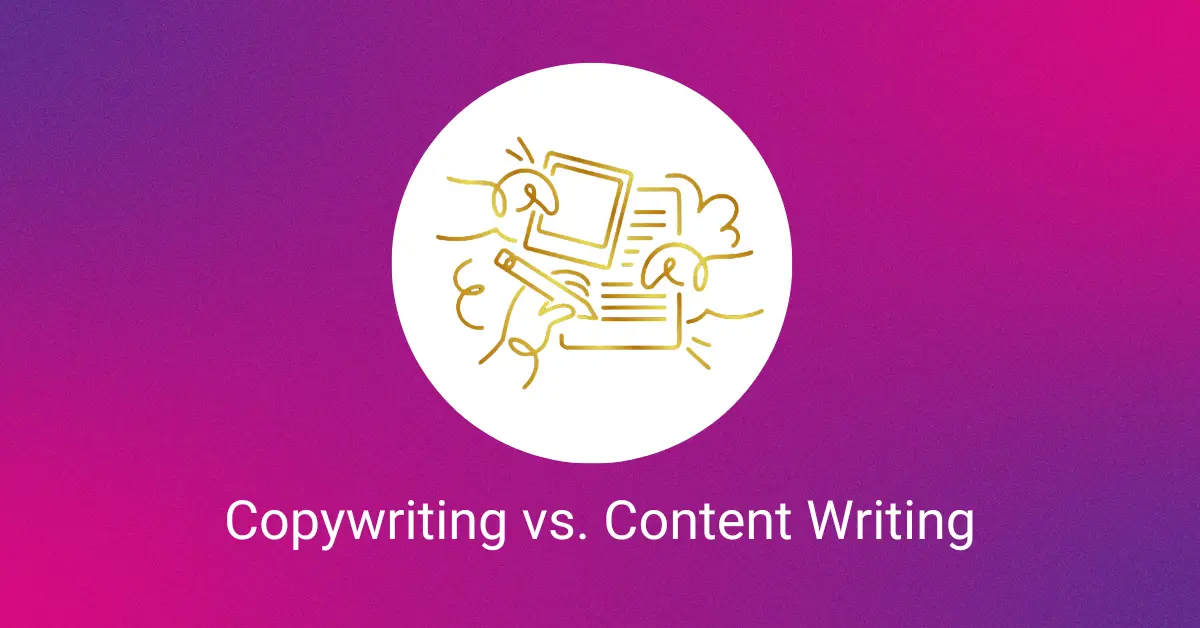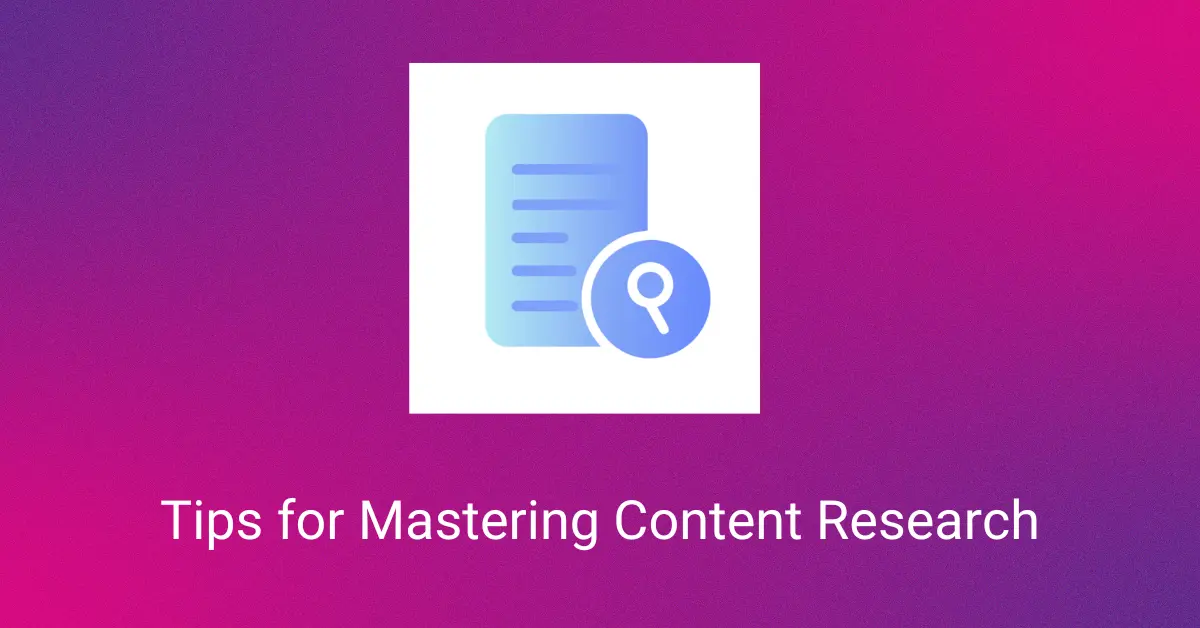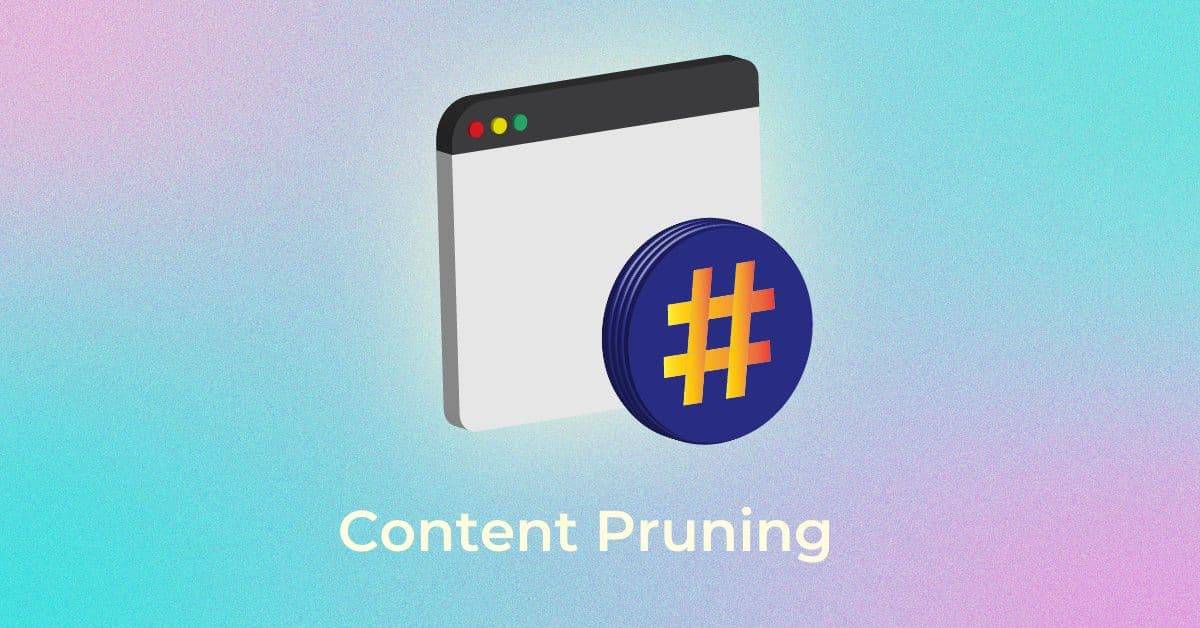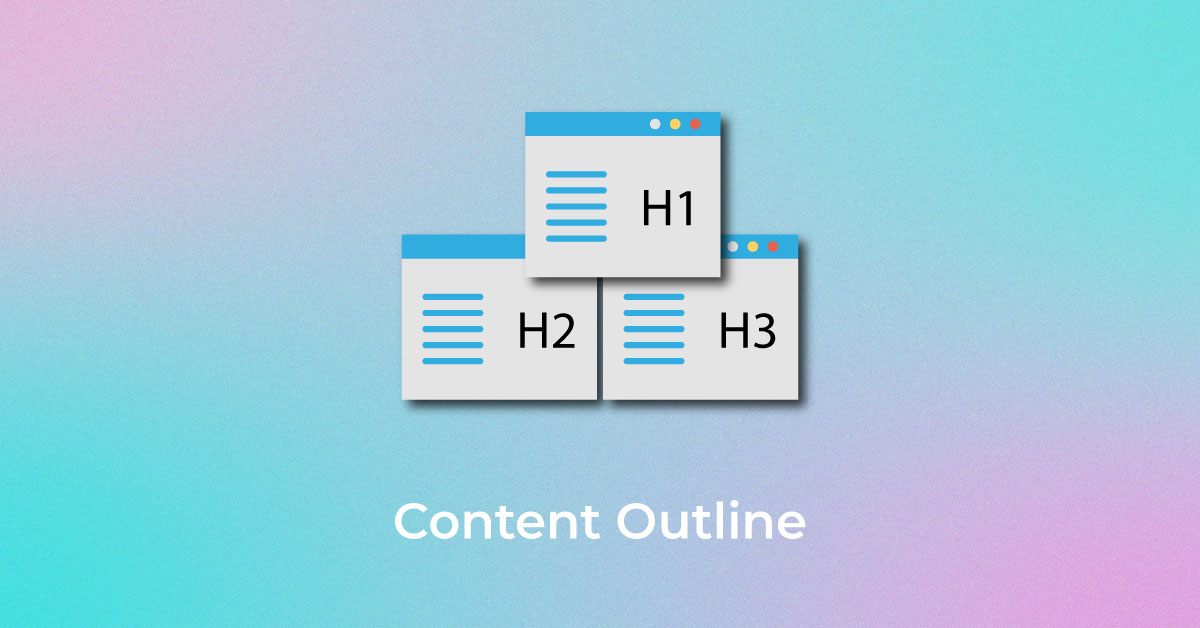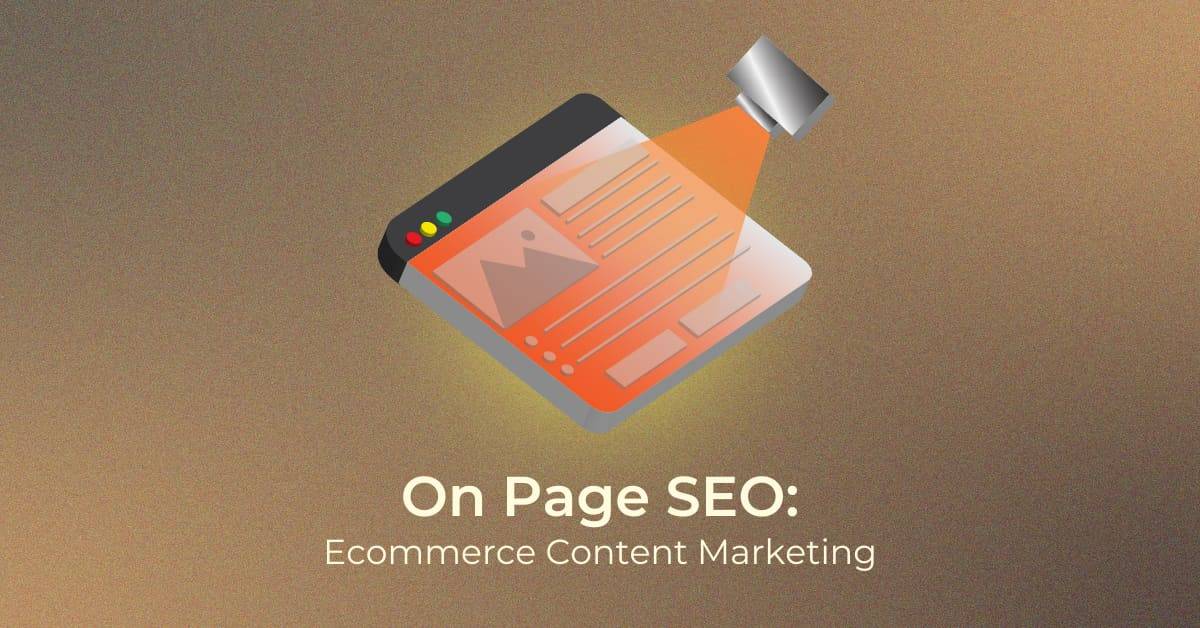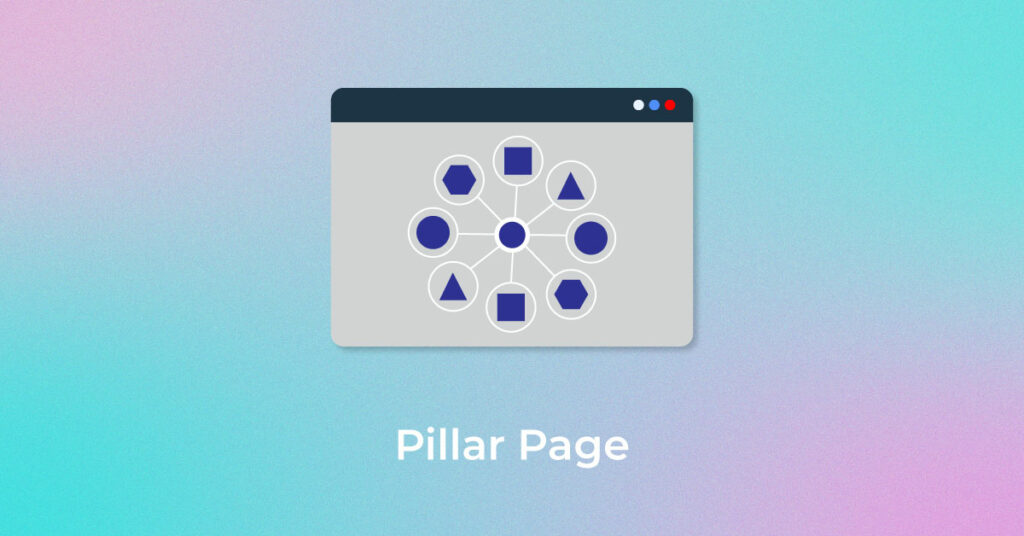Consumer dynamics is evolutionary. Just when you think you have a firm grip of the market and the way customers in your market segment behave and interact with brands like yours, they change abruptly. This change causes a domino effect across all their touchpoints. For instance, people transitioned from text-based searches to voice-assisted searches in a jiffy. Thanks to the onset of virtual assistants and devices, people are now able to dictate and command search terms for results.
Simultaneously, customers are becoming smarter as well. They want to have in-depth, immersive experiences right from the moment they decide to purchase a product or avail a service. They read up about their concerns, watch YouTube videos, listen to relevant podcasts and then finally approach a business for solutions.
This has led to customers using elaborate search terms (both as commands or texts) to look for solutions on the internet. An average search today no longer reads – ‘grocery stores near me’ but more specifically as ‘vegan almond milk near me.’
While marketers spent hours doing keyword research and ranking for competitive phrases, the dynamics have changed and we are now at a point where we have to focus on something of more prominence than keywords – topics.
From ranking for keywords, we are moving towards ranking our pages for specific topics. This is exactly why we need to understand the significance of a pillar page and pillar content. This is the way forward that will help you rank better for topics and subjects of your expertise and establish yourself as an authority.
Let’s get started with understanding this in detail.
What is a Pillar Page?
Okay, let’s have some context here. Earlier, the structure of a website or a blog was pretty simple.
- You had your website
- There was a blog section
- And here you wrote about diverse topics
This structure has completely changed with the onset of pillar pages. A pillar page is like a hub or a central theme, concept or a topic that further has cluster pages. Visualize a single topic or subject branching out into multiple fragments.
Cluster pages – the ones branching out from the pillar page – are subtopics that have detailed explanations, walkthroughs, tips and tricks, best practices and more about the primary topic.
If the pillar page is social media marketing, it will branch out into cluster pages such as Facebook marketing, Instagram marketing, LinkedIn marketing, Twitter marketing and more. These pages further break down into specific topics that have additional information or content ideas on specific topics like marketing tools, analytics, increasing followers, understanding algorithms and more.
The pillar page offers an extensive overview of the topic under discussion without being too explanatory or detailed about it. It’s more of an orientation phase, where users get to have a basic understanding of the topic they are looking for and then gradually take them through topics of incremental complexity.
The Anatomy of a Pillar Page
A pillar page has three fundamental components:
- Pillar content – which is the central topic you intend to focus on or rank for
- Supporting content – which are your content pieces that feature long-tail keywords and elaborate search terms to get into the specifics of the topic
- Hyperlinks – which link both pillar and supporting content together and group them as a topic cluster. This hyperlinking process tells search engines that the pages are interlinked, ultimately helping you drive traffic to pages and help you stand out as an authority online.
The length of a pillar page is generally long – longer than your usual blog posts. It easily has more than 2000 words because it has to touch upon a variety of topics that are part of its cluster pages.
If you have not noticed already, a pillar page does not focus on featuring keywords. Instead, it specializes in a topic or a theme. Cluster pages, on the other hand, have keywords and content pieces that are written to rank on search engines.
Why are Pillar Pages Important?
As a content marketeer or an SEO expert, you would have often read that you should write for your audience and not for search engine crawlers. While this is compelling, it’s not completely true. Take any viral piece of content you could think of and you would understand that it is technically and creatively sound. There’s a balance between both that satisfies both crawlers and readers.
Let’s look at some of the benefits of pillar pages.
-
Optimized Engagement
Apart from helping search engines understand the structure of your web pages through well-organized topic clusters, pillar content also helps increase visitor engagement. A pillar page presents itself neatly before visitors and offers them the liberty to explore topics of their choice.
So, regardless of whether a beginner or a connoisseur visits a topic cluster, they have the freedom to either learn about a topic from scratch or directly skip to more specific concepts.
-
Longer Sessions and Retention
Having a well-defined content structure makes your visitors stay for a longer duration on your webpage. Since the topics are hyperlinked, they can go through the topic sequentially at a stretch without having to navigate to a different page or get lost in the process.
Also, the arrangement of topics in a pillar page ensures that the bounce rate is minimal because visitors have opened a topic voluntarily.
-
Google Loves Pillar Pages
The primary reason why Google loves pillar pages is because they are neatly organized or clustered. The interconnectivity allows the search engine to assess the subject matter expertise or authority you have on a particular topic, allowing you to rank better on search engines.
Different Types of Pillar Pages
Now that we have a fair understanding of what a pillar page is, let’s look at the different types of pillar pages. This will give you an idea of the most ideal approach you could take to build your pillar content strategy.
-
The Guide Page
A guide page initiates a discussion around a topic. It is meant for absolute beginners who want to work their way through topics and concepts. The guide page takes a central idea and gradually builds on it for in-depth comprehension.
A guide page could be as simple as a 101 article or as elaborate as a thought leadership or technical piece. Guide pages allow you to establish ultimate authority and fetch you optimum credibility.
When you start a discussion from scratch, it shows your grasp and hold on a topic, and when you add a narrative to it through your opinions, facts, statistics and experiences, you make way for a rewarding session for your visitors and readers. Guide pages are ideal for B2C consumers, who are on the initial stages of a buyer’s journey. Besides, they are also ideal giveaways if you have lead generation ideas in mind.
Some of the guide pillar page examples include:
- The ultimate guide to Twitch: All you need to know
- An ultimate guide to Git and Github
- Master Google Sheets and become an expert and more
When coming up with the titles for your guide page, you do not have to necessarily feature the words ultimate or guide on it. It’s more of a structure than an approach to titling.
-
The What is Page
When customers stumble upon something interesting, topical or trending, they would want to know more about it. They are captivated by what the topic could be and they want to invest their time in learning more about it.
For instance, what is keto diet or what is mock meat or more.
These topics are intriguing and as a marketer, you could use the desire of customers to learn about them to publish a compelling topic cluster. Let’s take the first example – what is keto diet could be your pillar page and you could break down your supporting content into idea such as:
- Keto diet myths and reality
- Keto diet food plan
- Keto diet recipes
- Keto diet benefits and more
Businesses can creatively use this approach to drive organic traffic to their website or blog and get them hooked on to their brand. A well-written page will build on a reader’s curiosity and make them want to get hands on with the topic discussed. They would either move from one article to another or end up purchasing your product or service.
If you take our keto example, you could tap into a visitor’s desire to find out more about the keto diet by taking them through the benefits page. You could tell them what to expect from the keto diet and shed light on some myths and misconceptions. Once they have a clear understanding of this, you could hyperlink and redirect them to the keto food plan to show them it’s convenient and plausible. The flow is what matters here and the more cohesive your topic cluster, the better the readership.
Also, a ‘what is’ page is similar to a guide page in terms of helping you establish credibility and authority online.
-
The How to Page
People are always looking for solutions to their problems online. From finding a date to fixing something on a spreadsheet, people consistently type ‘how to’ on their search terms. This is an excellent way to drive your target audience to your website by offering them insightful articles or content about solving a real-world problem they are facing.
Unlike a ‘what is’ page, a ‘how to’ page doesn’t start from scratch but addresses the pain points of customers. You list down the problems they are facing, show them consequences or what they are missing out on, and present them with probable solutions for their concerns. The solution could be generic workarounds, tips and tricks or even your product or service.
Putting up how to pages is an excellent way to establish authority and build loyalty online. Thanks to the insights you share on your content, people will keep coming back to your resources for more information or see if there’s any updated information on the same topic.
If you consider our social media marketing pillar page example, some of the best topic ideas for how to page would be:
- How to beat the Instagram algorithm and gain more followers
- How to reach 10,000 followers on Instagram from scratch
- How to come up with ideal captions for your posts
- How to leverage hashtags to gain new followers and increase engagement
How to Create an Effective Pillar Page?
By now, you should have understood that a pillar page declutters your website or blog and makes it easier for your visitors to consume your content. While a pillar page is a straightforward concept, its implementation requires a systematic approach. Blindly-developed pillar content would fetch you SEO benefits or satisfying visitor experiences. For both to happen, you should have a strategy in place and this section lays out a proper plan for you. Let’s check it out.
-
Find Relevant Topics and Content Ideas
Deciding your niche or segment is the first step in creating a pillar page. If you are a technical person or have subject-matter expertise, it’s rather easier for you to choose your niche and start pillar content development.
However, if you are new to blogging or content marketing, take your time out to choose your topic and then start to build your online authority. Remember that you should either be passionate about the topic or concept you choose or have credible experience with it.
Once you have zeroed in on the central theme or topic, you could use tools like SEMrush, Ubersuggest, Buzzsumo and more to come up with content ideas, angles and perspectives. To get further ideas on how to go about it, explore websites or blogs in your niche and check how they have developed their pillar pages. Brainstorm on what more value you could add to a similar structure and make it stand out.
Also, you do not have to restrict yourself to just one pillar page. You could have multiple ones with cluster content around each.
-
Do Extensive Keyword Research
Once you’ve chosen the topic you intend to rank for, start working on compiling the keywords you intend to rank for. This step is classic SEO, where you come up with well-researched, insightful and keyword-rich blog posts or content pieces.
You could break conventions through the way you represent your content by adding more visual elements, videos, charts and more.
To do keyword research, you can use tools like that of Google’s, Ubersuggest and more. Make use of long-tail keywords and exact search phrases to show up directly to visitors. Get some more ideas from the People Ask For section and autofill suggestions and more.
Remember that supporting content should be in-depth and as versatile around the central theme as possible. So, do not leave any stone unturned.
-
Build your Pillar Page
With topics finalized and keywords compiled, close to 75% of the deskwork is done. This will have given you a clear idea on how to proceed further. The next step is to build a solid pillar page that has a specific structure.
Here’s the structure for you to have a better understanding:
- Have a solid introduction about the topic you are going to address or discuss. Like we discussed, it could be a customer pain point, a basic definition of a topic, the promise of a rewarding takeaway at the end or more. A visitor reading your introduction should be able to assess the value out of your pillar content in the first few minutes to gauge if they should sustain in your page.
- Explain why you deserve to narrate your story or share your expertise. Show your credibility to your visitors by explaining your professional experience, domain authority and more and tell them you have all the required skills and experience levels to arrive as an authority on the subject.
- Hyperlink your supporting content and give a visual flow to your audience.
- Arrange your content pieces in a sequential order and not just randomly. A person willing to learn about growing followers should have a gradual introduction to algorithms. You cannot directly put this as chapter one and lose them even before they get started. Understand the demographics, learning curve and topic expertise of your audience as well.
- Do not have CTAs to your products or services at the end of each content piece. The goal here is not to push your brand directly. Understand the subtlety.
- Work with your design team or sit down to create creatives or visuals that complement your topic and simplify its understanding. This adds more value to your visitor’s experience.
Wrapping Up
Creating a pillar page is not rocket science. There are examples everywhere on the internet. All you need to have is a proper goal and a visual of intended outcomes. With these two, you could chart your way through content marketing.
The best way to learn more about pillar pages is by actually creating one. So, keep these suggestions and tips in mind and get started with developing your pillar page and ultimately your online authority.
Popular Searches
How useful was this post?
0 / 5. 0










